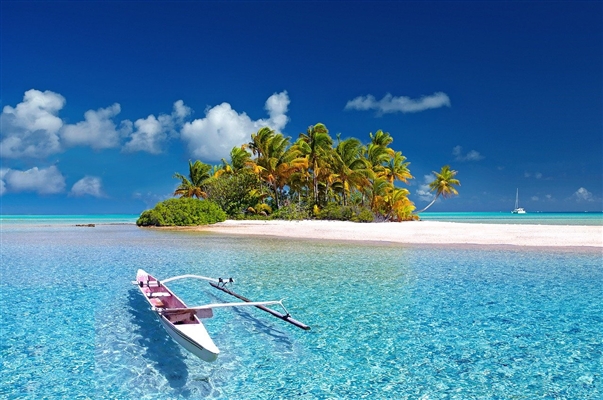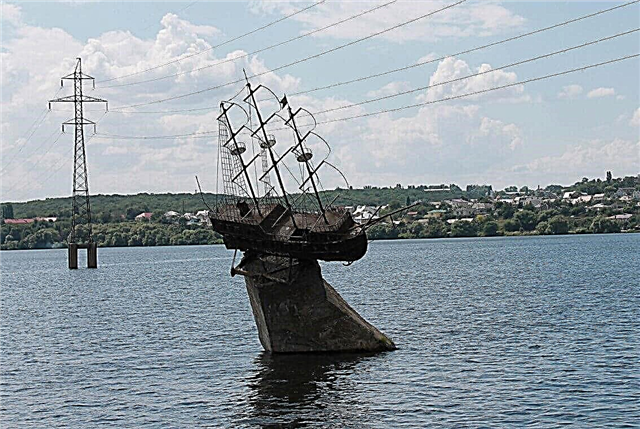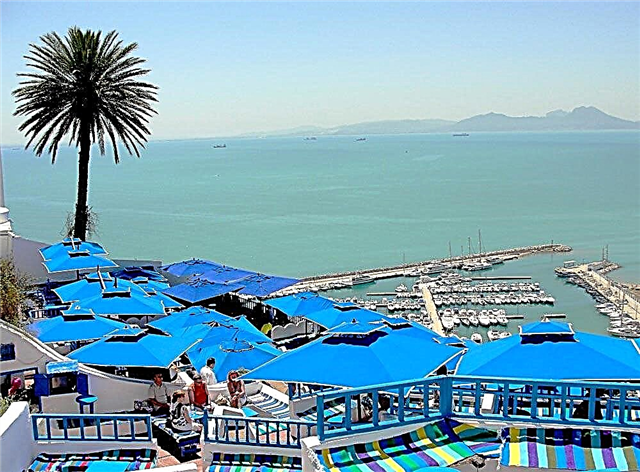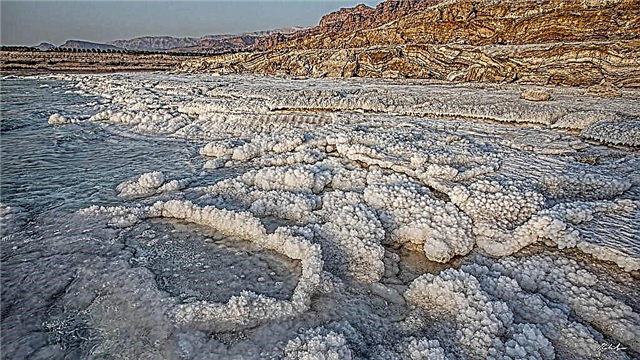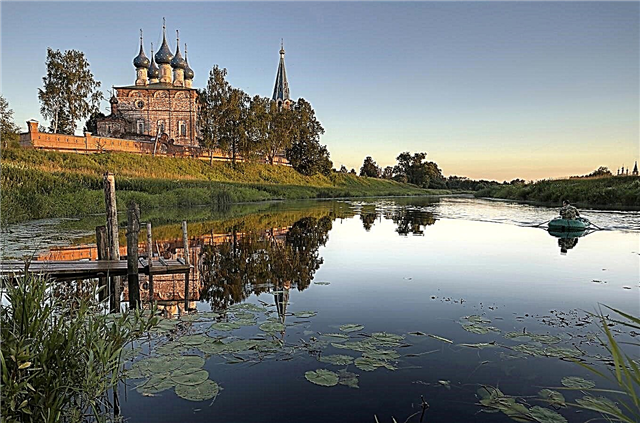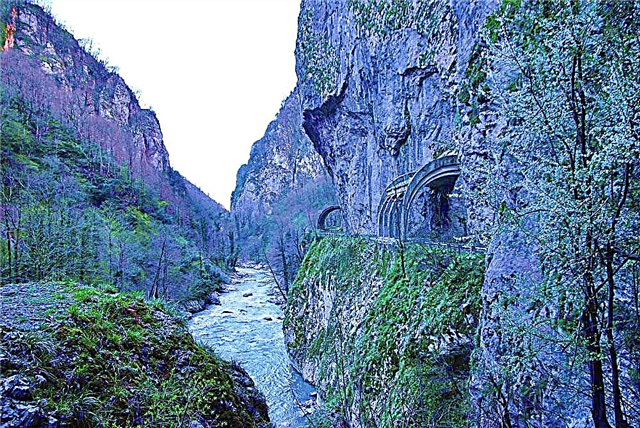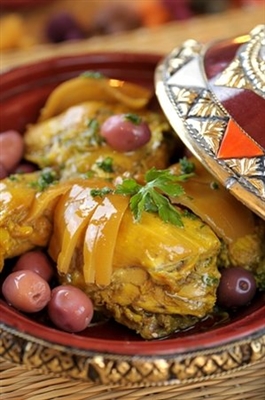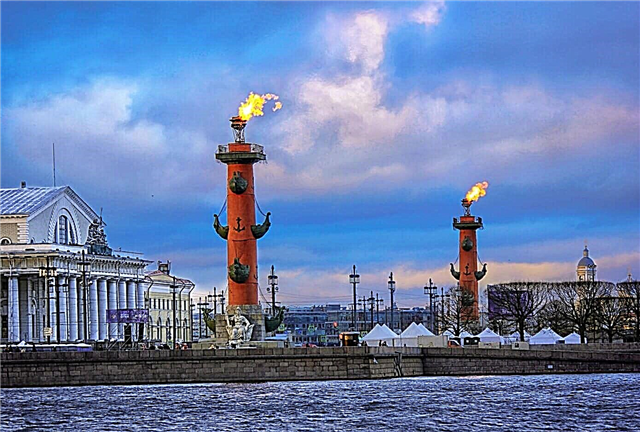The monumental art of St. Petersburg is a topic for an independent excursion around the city, and more than one. The city invites guests to get acquainted with the works of different centuries and plunge into history. The monuments are mostly associated with the events of the past and reflect urban legends. For example, thanks to them, you can find out why the Hare Island is so named, or which fish saved the blockade from starvation.
Emperors and empresses strove to leave behind references to wars won, ancestors and outstanding contemporaries. Catherine II often ordered sculptures from the best masters, including foreigners. Among the monuments there are also outlandish objects, such as the ancient sphinxes, which were brought from Egypt, or the monument "Guarding" in the Art Nouveau style.
Historical and modern monuments of St. Petersburg
List of the most famous and popular monuments of the city.
Alexander Column
The name was given in honor of Alexander I, who ruled during the Patriotic War of 1812. In honor of the victory in 1834, a triumphal column appeared on the main square of the city. The height of the monument, together with the angel crowning it, is 47.5 meters, which makes the project of A. Montferrand the tallest free-standing column in the world. Made of granite monolith and preserves the natural beauty of the stone.

"Bronze Horseman"
The monument to Peter I, cast from bronze, stands on a stone monolith of impressive size. It was commissioned by Catherine II from the sculptor E. Falcone, who worked together with a student of A. M. Collot. The opening took place in 1782, but already without the presence of the master, who left the city due to intrigues in the palace. The Empress ordered to write on the monument "Catherine II" to Peter I, emphasizing that she was the "second" after the founder of St. Petersburg.

Monument to Catherine II
Opened in 1873 on Ostrovsky Square. The Empress, as conceived by the sculptor M. Mikeshin, stands in a formal solemn pose with the attributes of power in her hands and a crown at her feet. The monument is full of symbolism. For example, the pedestal resembles a bell, and the bronze sculpture of Catherine II is much higher than her subjects - prominent figures of that time, whose figures are located at the base of the composition.

Monument to the heroic defenders of Leningrad
It was created by S. Speransky, M. Anikushin, V. Kamensky. The opening was timed to coincide with the 30th Victory Day in 1975. During the war years there was a front road. The central part of the memorial is an obelisk 48 meters high. In front of him are two figures - a soldier and a worker, which shows how important the feat of both was in the fight against the invaders and appreciated by their contemporary. An underground memorial hall has been in operation since 1978.

Monument to A.S. Pushkin
The central object of the Arts Square. Opposite is the State Russian Museum. Year of installation - 1957. Height with a pedestal - about 8 meters. The author of the project, M. Anikushin, was given the task of fitting his work into the prevailing architectural style of the square. The sculptor managed to cope with this: he even won the Lenin Prize for this work. His Pushkin seemed to be frozen in the moment of reading his poems.

Rostral columns
They were built on Vasilievsky Island at the beginning of the 19th century and were port lanterns. They were used at night and also during fog. For their intended purpose, the structures served until 1885. The author of the project is Jean-Francois Thomas de Thomon. Each column is 32 meters high, and inside there is a spiral staircase. Today the Rostral Columns are gas powered and only lit on special occasions.

Monument to A.V.Suvorov
The country's first monument to an uncrowned person. Peter I ordered it, and in 1801 the monument appeared on the square of the same name. The sculptor M. Kozlovsky made a strong deviation from reality, depicting the commander as the ancient Roman god Mars. The association with war and victories turned out to be more important than external similarities. "Suvorov" stands on a high pedestal, ready to lead the army into battle.

"Chizhik-Pyzhik"
The bronze bird can be found on the parapet of the bridge near the Mikhailovsky Castle. She has been standing here since 1994. The author of the project is R. Gabriadze. Height - only 11 cm. The monument was made based on the text of a comic song. "Chizhik" was stolen 7 times, but each time it returned to its rightful place. There is a sign that luck will smile on the one who tosses a coin to the bird, and it will not fall into the water from a small pedestal.

Memorable sign "Blockade stickleback"
When during the blockade in St. Petersburg and the surrounding area food was very bad, a little stickleback fisherman saved many people from starvation. In normal times, it is not a trade and is not eaten. We caught a stickleback than we had to, as it slipped through the nets. In 2005, a composition designed by N. Chepurny appeared on Kotlin Island, reminding of those events.

Monument to Alexander Nevsky
Opened in 2002 on the square of the same name. The creation of the sculptor V. Kozenyuk is the fifth equestrian monument in the city. The work was blessed by Patriarch Alexy II. In connection with the illness of the master, his project was completed by A. Chartin and A. Talmin. The monument is often compared to the Bronze Horseman because of its external resemblance and since both Peter I and Nevsky defended their native land from the Swedes. Among the residents, the monument was called "traffic controller".

Moscow Triumphal Gates
They are located on the site where the outpost was in the past, since 1838. The Moscow tract begins from them. A kind of arch is a dedication to victories in the Russian-Persian and Russian-Turkish wars. The structure is decorated with bas-reliefs and military trophies. At one time, the prefabricated portico of 12 columns was the most massive cast iron structure. In 1936, the gate was dismantled, in 1960 it was restored in its original form and on the same site.

Narva Triumphal Gates
Built in memory of the victory in the war with Napoleon. The gate was the last project of J. Quarenghi. The original construction of 1814 consisted of wood and alabaster, so it quickly fell into disrepair. By the end of the 20s of the 19th century, a stone arch appeared in the same place. Height - 23 meters, passage width - 15 meters. The pylons have rooms where, among other things, a museum exposition is organized.

Monument "Konka"
Installed near the Vasileostrovskaya station in 2007. The monument is a horse-drawn railway carriage. Such existed in the 70s of the last century. The copy was created according to the drawings preserved at the Putilov factory. The horses and the coachman are made of life-size reconstituted marble. The first version - made of concrete and plastic - was replaced with the current one in 2007. A. Ziyakaev was responsible for the project.

Obelisk to the Hero City of Leningrad
It appeared in 1985 on the occasion of the 40th anniversary of the victory in the Great Patriotic War. The Vosstaniya Square was chosen to erect the monument. The project for the creation of the obelisk has several authors, where each was engaged in his own part of the work. For example, A. Alymov and V. Lukyanov were responsible for the architectural component of the 240-ton granite monolith. The monument is crowned with a star, and the lower part is decorated with war-themed bas-reliefs.

Monument to Nicholas I
The year of installation is 1859. A place was allocated for the monument on St. Isaac's Square. P. Klodt was involved in the project, but the pedestal with many details was designed by O. Montferrand. The bas-reliefs reflect the main milestones of the reign of Nicholas I, there are concrete references and abstract ones. This monument is divided with the monument to Peter I by the Isaac Cathedral, and they find on the same axis, as if one is catching up with the other.

Monument to Alexander III
Since 1994 it has been decorating the entrance to the Marble Palace. Its history dates back to 1909, when it appeared on Znamenskaya Square. The sculptor B. Trubetskoy made about 14 variants, including 2 in full height. Although the monument was criticized, Nicholas II liked it.By order of the emperor, an inscription appeared on the pedestal, testifying to this. Due to wars and unrest, the monument changed its registration address several times.

"Tsar Carpenter"
The project of the monument was approved by Nicholas II himself. With his submission, the composition depicting the young Peter I at work took its place opposite the Admiralty in 1910. A year later, a copy of the monument to sculptor L. Bernshtam was sent to the Netherlands. Since the original was destroyed after the revolution, the Dutch donated a duplicate to the city for the 300th anniversary of St. Petersburg, and it now stands on the Admiralteyskaya embankment.

Sphinxes on the University Embankment
Ancient sculptures brought to the country from Egypt. They were discovered during excavations at Thebes. Sphinxes were purchased in the early 1830s. At the auction, they were almost intercepted by a competitor from France. After the study, the monuments were erected on the University Embankment, although many researchers were against it: the climate could be fatal for the sphinxes. In 2002, the monument was restored.

Monument to Anna Akhmatova
The choice of the place for the sculpture of the poetess was determined by her own words. According to Akhmatova, she spent at least 300 hours near the famous prison. The poetess openly speaks of her desire to see her monument here in Requiem. Although Anna herself was not arrested, her husband and son, as well as close friends, passed through the "Crosses" at various times. The opening of the monument took place in 2006. Sculptor - G. Dodonova, architect - V. Reppo.

Monument to N. Gogol
It was originally planned to install it for the 100th anniversary of the writer. However, the authorities could not approve the project in any way. As a result, the sculpture appeared only in 1997 on Malaya Konyushennaya Street. The total height of the monument is about 5 meters. The development was carried out under the guidance of the sculptor M. Belov. He did not deviate from the classical image: the bronze Gogol stands in thought, slightly bowing his head.

Monument to I.A.Krylov
The opening took place in 1855 in the Summer Garden. This became the first among the monuments to writers in the city. The sculptor P. Klodt depicted the fabulist sitting with a book in his hands and a little tired. The entire width of the pedestal, which is about 3.5 meters high, is decorated with bas-reliefs. Familiar images are easily read in them - the heroes of Krylov's works, for example, "Quartet" and "Crows and Foxes".

"Bunny Escaped from the Flood"
The monument was created to perpetuate the legends associated with the name of the Hare Island. It was installed on a pile near the Ioannovsky Bridge in 2003. Initially, the project was more complex, and the location was announced in a different location, but for the sake of economy, it was rethought. The hare is 58cm tall and coated with titanium nitride for durability. According to the legend, he jumped either into the hands, or on the boot of Peter I, when he just set foot on the island.

Monument to Paul I in the Mikhailovsky Castle
It has been located in the courtyard of the Mikhailovsky Castle since 2003. Authors - V. Gorev and V. Nalivaiko. It was Paul I who made the decision to build a palace here. The emperor strove to change his place of residence, fearing palace coups in the Winter Palace. However, caution and suspiciousness did not save him: less than a month and a half after moving to the Mikhailovsky Castle in 1801, Paul was killed in his bedroom.

Monument to I.F.Kruzenshtern
Opened in 1873 on the Lieutenant Schmidt embankment. Opposite - the cadet naval school, where the admiral was educated. The author of the sculpture is I. Monighetti. The height with the pedestal is more than 5.5 meters. Around - a low forged fence. A special detail of the monument is the coat of arms of Kruzenshtern with the motto to which he has always been faithful: “spe fretus” - “living in hope”. In the 70s, a bronze dagger was stolen, which was found in 1999.

Monument to A. Griboyedov
The Council of People's Commissars decided to create a statue of the writer back in 1936. Bureaucratic delays and the war slowed down the work on the project of V. Lishev. The monument was cast in 1949, and installed seven years later opposite the future building of the Youth Theater. Although the square was associated with various historical events, it had nothing to do with the life and work of Griboyedov. Many researchers disliked this.

Monument to M. Lomonosov
It has been located near St. Petersburg State University since 1986. Lomonosov studied here, and then worked as a rector. The idea to create a monument to the scientist arose much earlier, but it was transferred from one significant date to another. The project was only completed by the 275th anniversary of Lomonosov. Next to the classic-style monument, a freshmen welcome ceremony takes place every year.

"Guarding"
Created in the Art Nouveau style at the beginning of the last century, there are no more such in the city. Installed in the Alexander Park. The authors of the project are A. von Gauguin and K. Isenberg. The monument is dedicated to the death of the crew of the "Guarding" destroyer during the Russian-Japanese war. The plot of the composition is connected with the legend that two sailors sank a ship. They were in a stalemate and did not want to give the ship to the enemy.

Monument to F. Dostoevsky
Installed on Vladimirskaya Square. The author is L. Kholina. The first developments on the project appeared in the mid-50s of the last century. The opening took place only in 1997. The monument was completed by the descendants of Kholina. The place was chosen on the advice of representatives of the writer's museum: not far from here Dostoevsky died. The writer is depicted as thoughtful and gloomy, as the readers imagine him.

"Rumyantsev Victories"
The obelisk was erected in 1799 to perpetuate the memory of the heroes of the Russian-Turkish war. Field of Mars was chosen as the installation site. Due to the periodic restructuring of the squares and the appearance of new monuments, the creation of the architect V. Brenn was moved twice. Now the obelisk is located on Vasilievsky Island, where Alexander I personally identified it. Around in the 60s of the nineteenth century a garden was laid out.

Monument to Peter I in the Peter and Paul Fortress
The author of the monument, M. Shemyakin, says that Vladimir Vysotsky proposed the idea for the creation of the monument. The author resorted to an unusual technique, increasing the proportions of the emperor's body by one and a half times, without changing the size of the head. At the same time, the death mask of Peter I was used to create the face. The monument was erected in 1991 on the territory of the Peter and Paul Fortress. It is perceived ambiguously by the public.

Monument to N. Rimsky-Korsakov
Installed at the Leningrad Conservatory in 1952. The composer has been a professor here for almost 40 years. Worked on the statue: architect M. Shepilevsky, sculptors V. Bogolyubov and V. Ingal. The monument impresses with its dimensions. Although Rimsky-Korsakov is depicted sitting, the total height is more than 7 meters. For the pedestal, some blocks from the monument to Alexander III were used.

Monument to M.I.Kutuzov
One of the first works of monumental sculpture in the city, conveying a real portrait of a historical person. Installed in 1837 on Kazan Square in honor of the 25th anniversary of the victory in the war with Napoleon. The project is based on the developments of B. Orlovsky. Included in a single group with the monument to Barclay de Tolly. However, Kutuzov is shown to be much more decisive, since it is he who is associated with the success of the Russian army.

Monument to Barclay de Tolly
Harmoniously inscribed in the architecture of Kazanskaya Square together with the monument to Kutuzov. The monument was also opened in 1837 in connection with the 25th anniversary of the victory in the Patriotic War. Since de Tolly commanded the retreat, the sculptor Orlovsky conveyed his image not too confidently. During the Great Patriotic War, the monument was not hidden or closed, unlike most of the sculptures in St. Petersburg.

Monument to S.O. Makarov
In 1913, according to the project of L. Sherwood, a monument to the naval commander and polar explorer Stepan Makarov was created in Kronstadt. Installed on Anchor Square in the presence of Nicholas II. The sculpture was cast in bronze in St. Petersburg, and the pedestal was made of granite. The composition, which has a height of about 8.5 meters, turned out to be expressive.The anchor chains surrounding the monument are real and were delivered from the warehouse.

Lions of St. Petersburg
There is a tourist route that allows you to see the most popular lion sculptures, placed throughout the city in different centuries. For example, the lions installed in 1832 opposite the Admiralty. You should also walk along the Lion Bridge on the embankment of the Griboyedov Canal. And on the Petrovskaya embankment, tourists are greeted by the Chinese lions Shi-Tzu, donated to the city of Manchuria in 1907.



